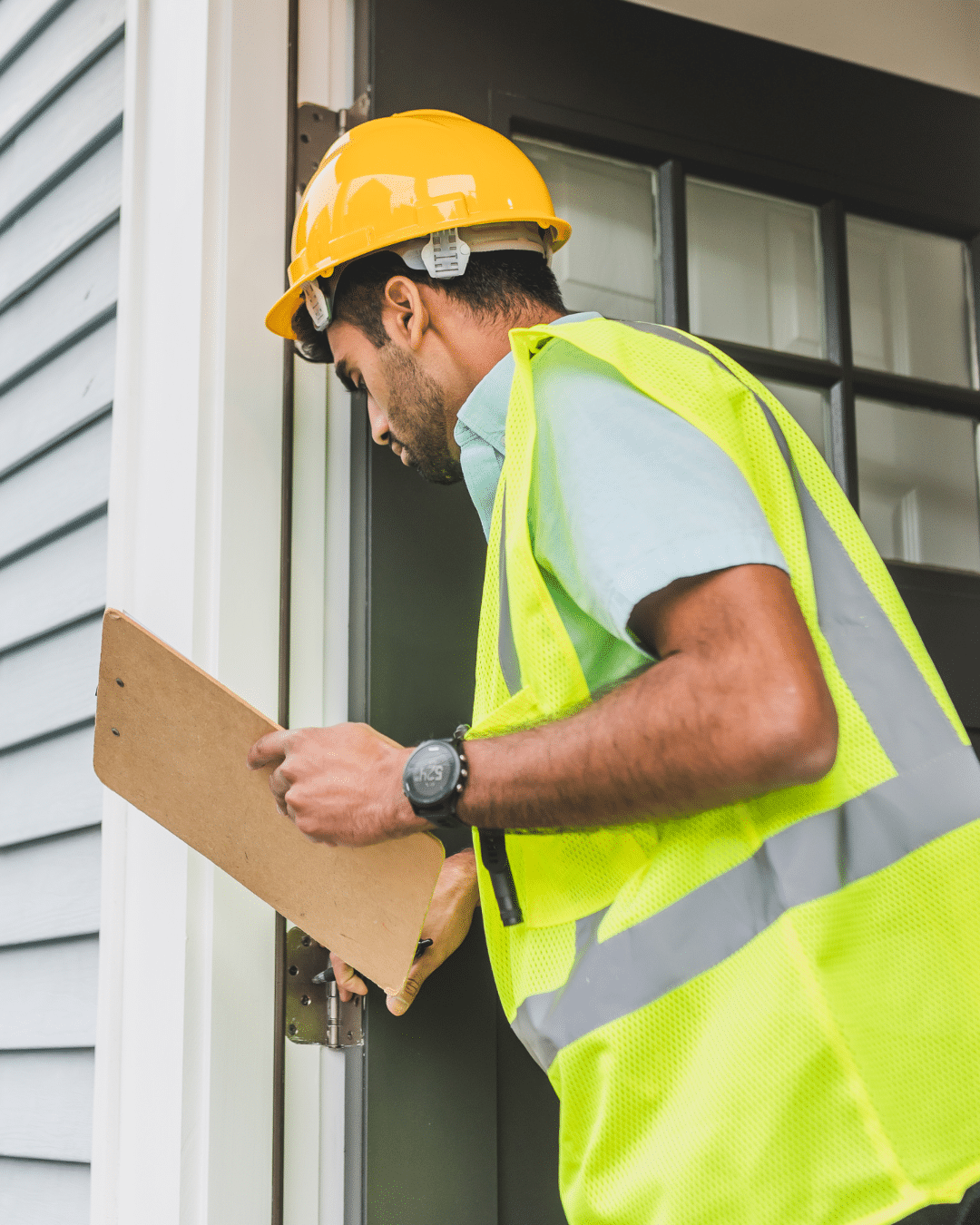
01 May The Top Five Most Common Issues Found in Building Surveys
There are various circumstances when you might need to have a building survey undertaken, but it’s most common when you’re buying or selling a property. The ideal outcome is that the building gets a clean bill of health, but realistically, there might be issues.
Here are the five most common found when carrying out a building survey.
Damp and Moisture
Often going hand in hand with roof damage or poor insulation, water in the building’s structure can have devastating effects. It typically trickles down from gaps in the roof or walls, or else forms as condensation, but it can also rise up from the ground.
Structural damage from damp and moisture needs to be repaired as soon as possible, since ignoring it could ultimately lead to the building’s collapse. It may also be necessary to repair roof damage, or else install or replace a damp course to prevent further problems.
Mould and Mildew
Damp in the masonry or timber can also lead to mould or mildew developing. These are especially dangerous because they produce spores that can be unhealthy, or even fatal in extreme cases — some instances of this have featured heavily in the news over the past few years.
Affected areas need to be cleaned, but this has to be done thoroughly, otherwise, you’ll just spread the spores into the air, and the mould or mildew will grow back. A professional will be able to eliminate the growth so that it doesn’t return.
Foundational Movement
Damp isn’t the only threat to a building’s structure. Damage can also be caused by subsidence, heave or settlement, and this is an especial risk in areas that have clay-rich soil.
The most common tell-tale signs are cracks in the walls, uneven floors or door and window frames pulling away from the masonry. While some hairline cracks can safely be ignored, larger ones are generally danger signs, especially if they’re diagonal.
Foundational movement may require underpinning with mini-piles, although in some cases, eliminating causes such as tree roots or faulty drains can solve the problem. In all cases, though, structural repairs will be needed, most likely using techniques like wall ties or joint reinforcement methods such as the Helibeam System.
Timber Decay and Infestation
Besides mould and mildew, the structural timbers of a building may be affected by dry rot, wet rot or woodworm. These issues are especially common in older buildings, but they can occur anywhere with poor ventilation.
Rot or insect infestation may weaken the timbers and threaten the building’s stability. As with mould and mildew, they need to be thoroughly removed, and it’s often necessary to replace the affected timbers.
Inadequate Insulation
All buildings need insulation in lofts, walls and floors, in order to regulate internal temperatures during both hot and cold weather. This reduces energy use, offering the twin benefits of lower energy bills and lower carbon emissions.
However, homes built before 1990 often have inadequate insulation and need it to be upgraded. Besides the obvious advantage to the occupier of lower energy output, many types of buildings, including all rental properties, are now legally obliged to meet energy efficiency targets.
If your building survey has raised these or other less-common issues, it’s vital to get in expert contractors to make the repairs required. Make sure that the firm you choose has a proven track record of dealing with these problems.
If you’re looking for piling contractors or structural repair in London, the surrounding areas or South East England, get in touch with U&M to discuss your needs.




